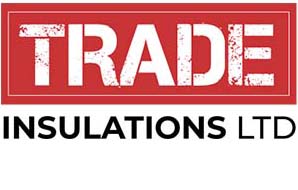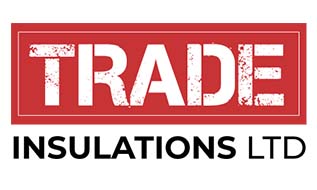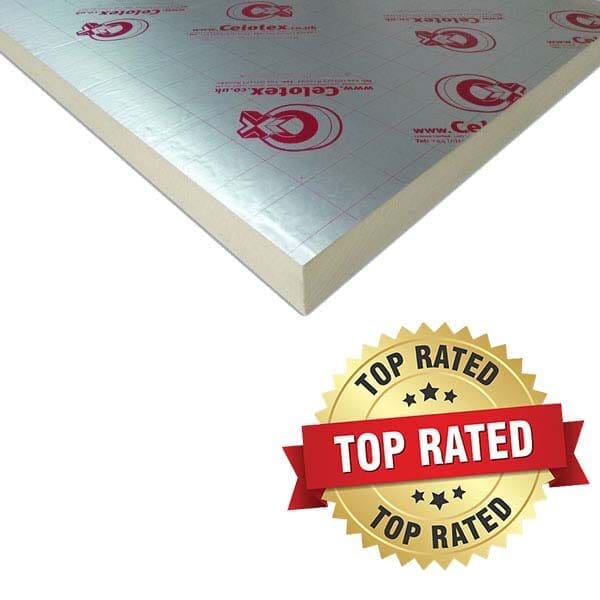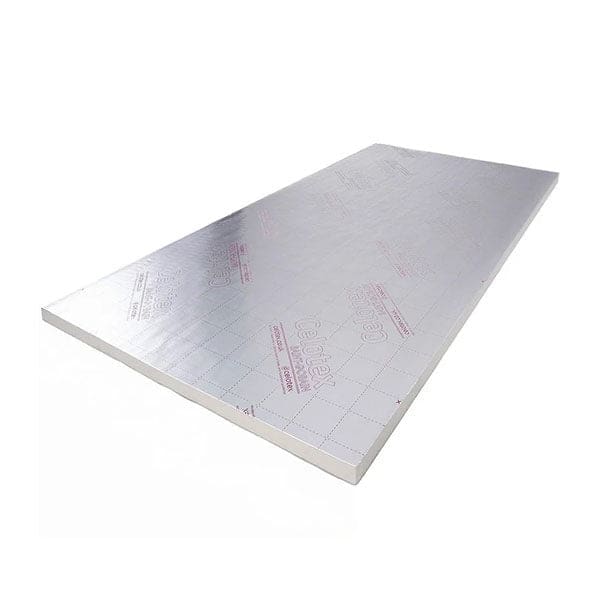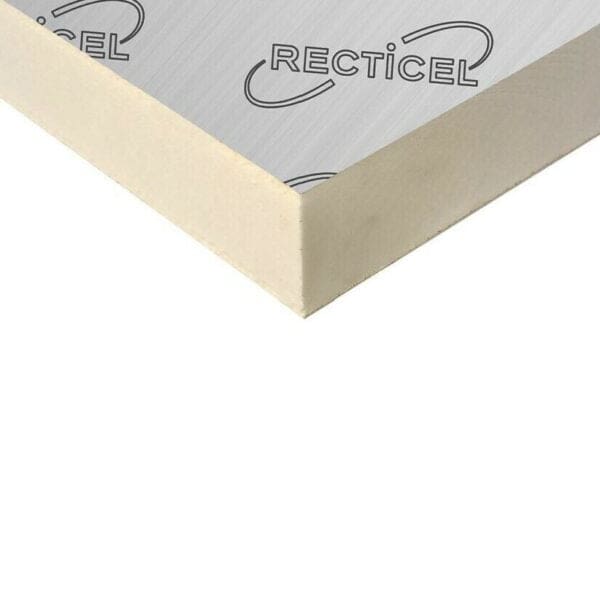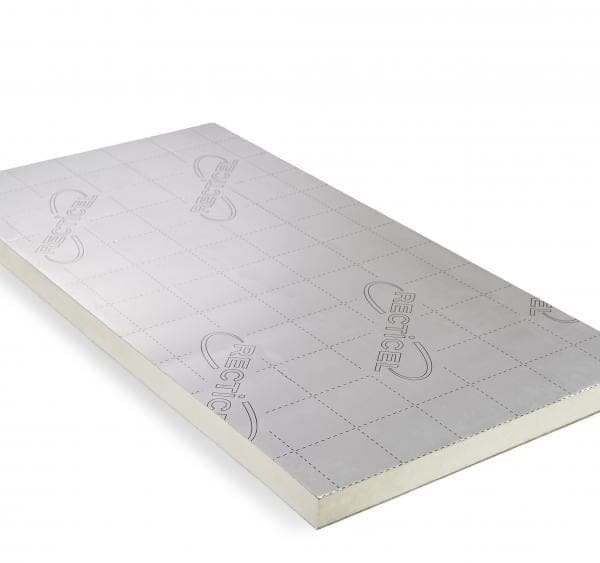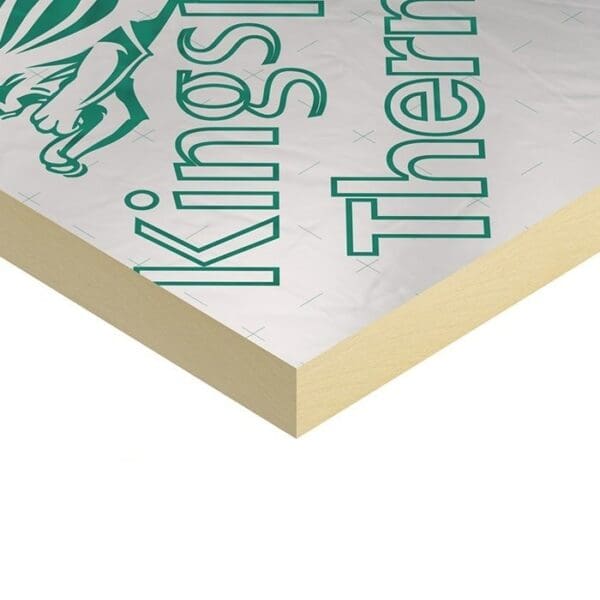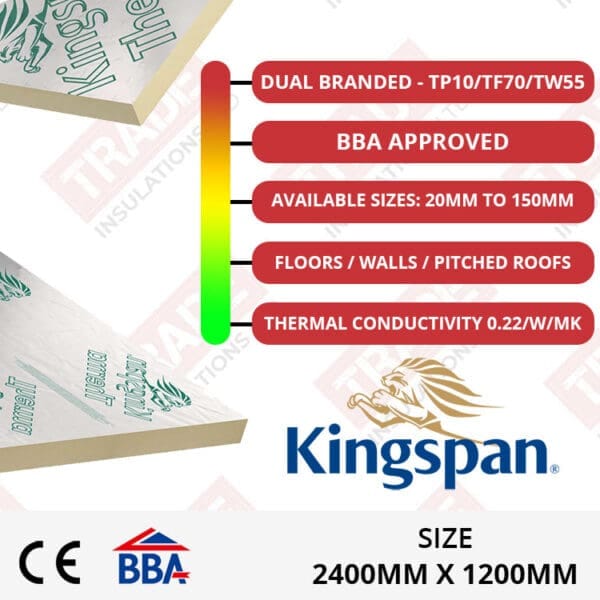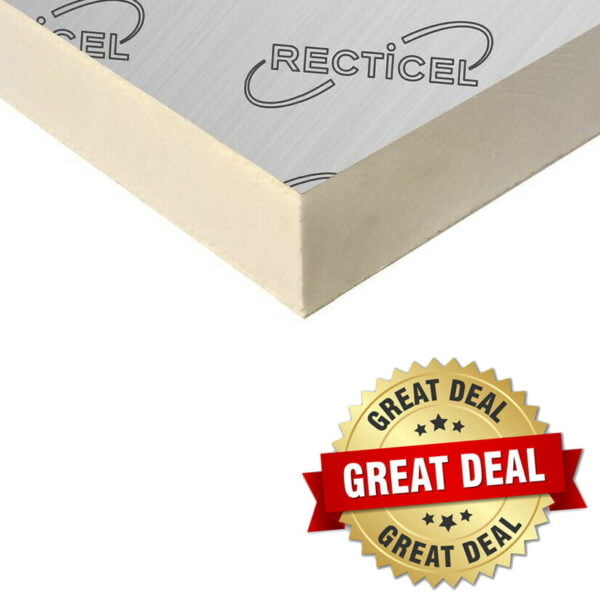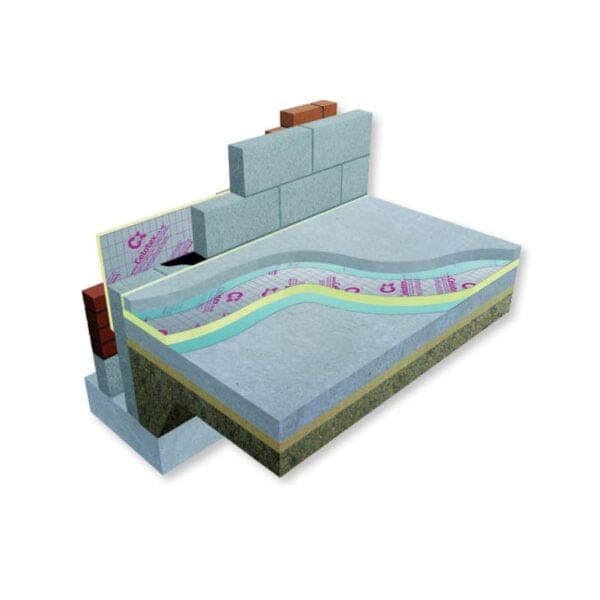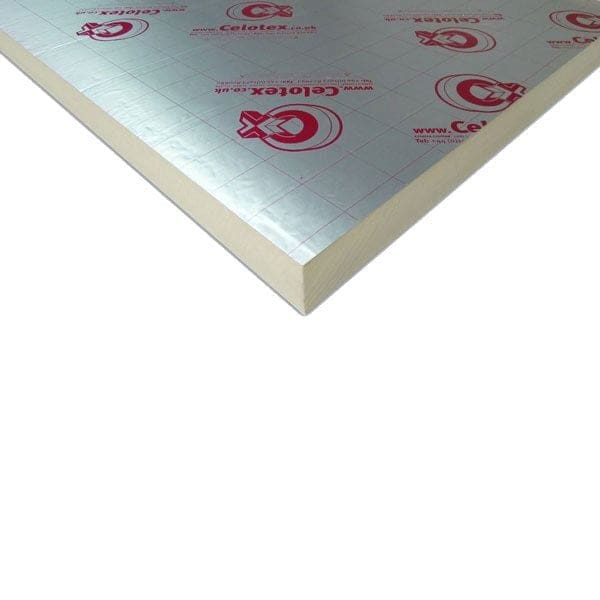Screed Insulation
Screed insulation is a vital component in most construction or renovation projects. It is designed to provide thermal insulation to the screed, which is the layer of concrete or other material that sits on top of the subfloor. This insulation helps to keep the interior of the building warm in the winter and cool in the summer, thus reducing energy costs and improving the overall comfort level of the building.
Showing 1–16 of 78 results
Celotex 100mm PIR Insulation Board – GA4100 (2400mm x 1200mm x 100mm) 2.88m2
Original price was: £39.99.£29.42Current price is: £29.42.100mm Recticel GP Insulation Boards (1200x2400mm) – 2.88m2
Original price was: £39.99.£29.42Current price is: £29.42.100mm Kingspan TP10 Thermapitch PIR Insulation Board (2400 x 1200mm) – 8.64m2 pack
Original price was: £155.29.£129.56Current price is: £129.56.120mm Celotex Insulation Board – XR4120 (2400mm x 1200mm x 120mm) 2.88m2
Original price was: £51.99.£35.90Current price is: £35.90.25mm Recticel GP Insulation Boards (1200x2400mm) – 2.88m2
Original price was: £18.29.£11.25Current price is: £11.25.50mm Celotex Insulation Board – GA4050 (2400mm x 1200mm x 50mm) 2.88m2
Original price was: £25.15.£17.50Current price is: £17.50.50mm Recticel GP Insulation Boards (1200x2400mm) – 2.88m2
Original price was: £25.15.£17.50Current price is: £17.50.70mm Recticel GP Insulation Boards (1200x2400mm) – 2.88m2
Original price was: £34.89.£23.44Current price is: £23.44.75mm Celotex Insulation Board – GA4075 (2400mm X 1200mm X 75mm) 2.88m2
Original price was: £34.99.£23.86Current price is: £23.86.75mm Kingspan TP10 Thermapitch PIR Insulation Board (2400 x 1200mm) – 11.25m2 pack
Original price was: £179.22.£143.42Current price is: £143.42.150mm Celotex Insulation Board – XR4150 (2400mm x 1200mm x 150mm) 2.88m2
Original price was: £61.50.£44.64Current price is: £44.64.70mm Celotex Insulation Board – GA4070 (2400mm x 1200mm x 70mm) 2.88m2
Original price was: £34.89.£23.44Current price is: £23.44.80mm Celotex Insulation Board – GA4080 (2400mm X 1200mm X 80mm) 2.88m2
Original price was: £39.40.£26.87Current price is: £26.87.80mm Recticel GP Insulation Boards (1200x2400mm) – 2.88m2
Original price was: £39.40.£26.87Current price is: £26.87.90mm Recticel GP Insulation Boards (1200x2400mm) – 2.88m2
Original price was: £42.95.£29.36Current price is: £29.36.What is Screed Insulation?
Screed insulation is a type of insulation that is specifically designed to be used in floor screeds. A floor screed is a layer of concrete or other material that sits on top of the subfloor in a building. The screed provides a smooth and level surface for flooring materials such as tile, carpet, or hardwood to be installed on.
It is typically made from a high-density foam material that is placed directly on top of the existing screed or concrete surface. Its purpose is to provide thermal insulation to the screed, which helps to keep the interior of the building warm in the winter and cool in the summer, thus reducing energy costs and improving the overall comfort level of the building.
Screed insulation is typically both lightweight and durable. The insulation is easy to install and can be placed directly on top of the existing screed or concrete surface. This makes it perfect for both new construction and retrofit projects. The insulation can be cut and shaped to fit any area, making it highly versatile and adaptable to a wide range of applications.
Benefits of Screed Insulation
One of the key benefits of screed insulation is that it helps to reduce drafts and cold spots in the building. When the insulation is properly installed, it forms a barrier between the screed and the floor, preventing cold air from entering the building through the floor. This helps to improve the overall comfort level of the building, especially during the colder months of the year. Additionally, it also helps to reduce the amount of energy needed to heat the building, thus lowering energy costs.
Screed insulation is also an environmentally friendly option for construction and renovation projects. It is made from sustainable materials and helps to reduce the overall energy consumption of the building. This not only helps to lower energy costs, but it also helps to reduce the building's greenhouse gas emissions and contribute to a more sustainable future.
Cheap Screed Insulation
Cheap screed insulation can be a cost-effective solution for those looking to improve the thermal efficiency of their flooring. The lower cost of materials such as fibreglass, cellulose, or mineral wool make it an affordable option for those on a budget.
Additionally, it may be an ideal choice for those who are looking to insulate an older building that may not require the level of thermal resistance that newer, more expensive materials provide. It can still provide adequate insulation to make the building more energy efficient, and thus reducing energy costs.
Another benefit of cheap screed insulation is that it is relatively easy to install and can be cut to fit any area. This makes it a great option for DIYers and those who want to take on the installation process themselves.
Furthermore, cheap screed insulation is also an environmentally friendly option, as it is made from sustainable materials that help reduce the overall energy consumption of the building. This not only helps to lower energy costs, but it also helps to reduce the building's carbon footprint and contribute to a more sustainable future.
Cheap screed insulation can be a cost-effective solution for those looking to improve the thermal efficiency of their flooring. It may not be as high-performing as more expensive options but it can still provide adequate insulation and help reduce energy costs. It's easy to install, versatile, and an environmentally friendly option.
Our customers love using Recticel as their choice of screed insulation as it boasts great compression strength. This makes it ideal for floor applications.
Installing Screed Insulation
Installing screed insulation is a relatively easy process that can be done by a handyperson or professional contractors. The steps for installation may vary depending on the type of insulation and the specific project, but generally, the process involves the following steps:
- Prepare the surface: Before installing the insulation, the surface of the screed or concrete should be clean, dry and free of any debris. Any cracks or holes should be filled and the surface should be levelled.
- Measure and cut the insulation: Measure the area to be insulated and cut the insulation to fit. The insulation can be easily cut with a sharp utility knife.
- Install the insulation: Place the insulation on top of the screed or concrete surface, making sure that it is level and properly aligned. The insulation can be secured in place with adhesive or mechanical fasteners.
- Seal the edges: Once the insulation is in place, seal the edges with a sealant to prevent drafts or air leaks.
- Install the flooring: Once the insulation is installed, the flooring can be installed on top of it.
It's important to note that different insulation types may have different installation instructions, so it's vital to consult the manufacturer's instructions and guidelines before installing.
It's also important to make sure that the insulation is installed correctly to get the best performance out of it. It's always a good idea to consult with a professional to ensure that the insulation you choose is suitable for your specific project and will provide the desired level of performance.
Screed Insulation frequently asked questions
What are the benefits of screed insulation?
Screed insulation provides several benefits, including reducing drafts and cold spots in the building, improving the overall comfort level of the building, reducing energy costs, improving the acoustics of the building and being environmentally friendly.
What materials are used in screed insulation?
Screed insulation is typically made from high-density foam materials, but can also be made from materials like fibreglass, cellulose, or mineral wool.
Can screed insulation be used in retrofit projects?
Yes, screed insulation can be used in retrofit projects, as it is easy to install and can be placed directly on top of the existing screed or concrete surface.
How does screed insulation improve the acoustics of a building?
Screed insulation helps to reduce the amount of noise that travels through the floor, which improves the overall acoustics of the building.
Can screed insulation be used in both residential and commercial buildings?
Yes, screed insulation can be used in both residential and commercial buildings, as it provides excellent thermal insulation properties and helps to improve the overall comfort level of the building.
